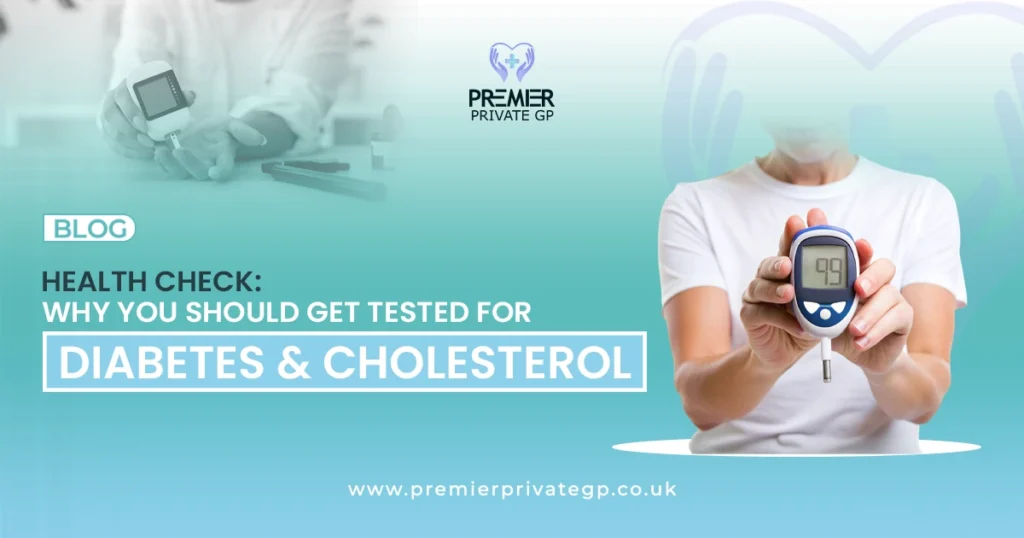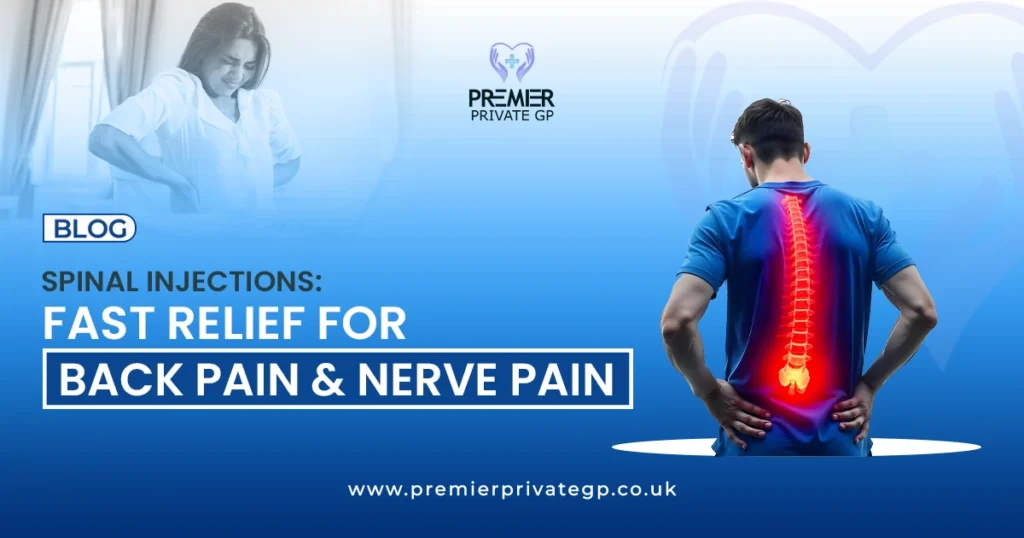Knee Pain: A Common Issue
Knee pain affects people of all ages. No matter if it’s a dull ache, burning pain in the knee, or discomfort when moving, it can affect daily activities and lower your quality of life. While some cases resolve with rest, other cases need medical attention to prevent long-term complications.
But what exactly are the causes, and when should you see a doctor? Get to know that in simple terms so you know exactly what to watch for.
Why Does It Happen?
The knee joint is one of the most complex joints in your body. It supports your weight, enables movement, and absorbs impact. When something goes wrong, it can be due to injury, arthritis, or muscle strain, this results in inside knee pain, stiffness, and swelling.
1. Common Causes of Knee Pain
a) Osteoarthritis – The Wear and Tear Effect
When we talk about the most common cause of knee pain in older adults, it is osteoarthritis. This condition occurs when the cartilage in the knee joint wears down over time, leading to pain, stiffness, and inflammation. Knee pain in ladies is especially common due to hormonal changes and structural differences in the knees.
b) Ligament Injuries – The Athlete’s Struggle
Torn or sprained ACL (anterior cruciate ligament) or MCL (medial collateral ligament) injuries are common in sports. These injuries often cause inside knee pain, swelling, and instability, making it difficult to walk or run.
c) Meniscus Tear – The Sudden Snap
The meniscus is a shock-absorbing cartilage in the knee joint. A sudden twist or awkward movement can cause a meniscus tear, leading to burning pain in the knee, swelling, and limited mobility.
d) Sciatica and Knee Pain – The Unexpected Link
Many people ask, “Can sciatica cause knee pain?” The answer is yes. Sciatica can cause knee pain, especially in the back or inside knee pain region. It may also be accompanied by numbness or tingling in the legs.
e) Tendinitis – The Overuse Problem
If you’re experiencing burning pain in the knee below the kneecap, it might be patellar tendinitis (also called jumper’s knee). This condition is caused by repetitive movements such as jumping, running, or excessive kneeling.
When Should You See a Doctor for Knee Pain?
Mild pain often improves with rest, but persistent pain requires medical attention. Seek help if you experience:
- Severe pain that doesn’t improve with rest
- Swelling that lasts more than a few days
- Inability to bear weight on the affected knee
- A popping sound followed by immediate pain
- Visible deformity or instability
- Persistent stiffness or locking sensation
If you encounter any of these symptoms, it’s best to schedule a private GP consultation for a professional evaluation.
Treatment Options for Knee Pain
The right treatment depends on the cause of your knee pain. Here are some options:
1. Home Remedies and Lifestyle Adjustments
For mild pain, the RICE method (Rest, Ice, Compression, Elevation) is often effective. You can also try:
- Over-the-counter pain relievers like ibuprofen
- Knee pain exercises to strengthen muscles and improve flexibility
- Wearing a knee brace for pain to provide support
2. Using Knee Braces for Knee Pain
A knee brace for pain helps stabilise the joint, reducing strain and discomfort. Different types of knee braces for knee pain are available, including:
- Hinged braces for ligament injuries
- Compression sleeves for arthritis relief
- Strap braces for patellar tendinitis
Wearing the right knee brace for pain can significantly affect daily activities, allowing you to move more comfortably.
3. Physical Therapy and Strengthening Exercises
A private GP may recommend knee pain exercises to strengthen the muscles around the knee. These include:
- Leg raises to build quadriceps strength
- Hamstring curls for flexibility
- Calf stretches to improve knee mobility
4. Medical Interventions
If home remedies don’t work, a knee specialist may suggest:
- Corticosteroid injections to reduce inflammation
- Hyaluronic acid injections for lubrication in cases of osteoarthritis
- Surgery for torn ligaments or meniscus injuries
What Can You Do To Prevent
Preventing knee pain is easier than treating it. Here are some tips to keep your knees healthy:
- Maintain a healthy weight – Extra weight increases stress on the knees.
- Stay active – Regular knee pain exercises help keep joints strong.
- Use proper footwear – Supportive shoes reduce strain on the knees.
- Wear a knee brace for pain – This provides extra support during physical activities.
- Avoid overuse injuries – Don’t ignore burning pain in the knee; rest when needed.
Final Thoughts From Premier Private GP
Whether you’re dealing with inside knee pain, burning pain in the knee, or discomfort that affects your daily routine, it’s very important to understand the cause and seek timely treatment. Knee pain in ladies is particularly common due to factors like hormonal changes, weight fluctuations, and certain lifestyle habits.
If you’re unsure about your condition, don’t wait and book an appointment with our private GP today for a detailed evaluation.








